Robots will revolutionize China's electronic equipment manufacturing industry
Due to soaring wages and an aging population, managers of electronic equipment factories have said that the day when machine workers appear in factories in China is approaching.
Currently, a number of industrial robots are being developed, ranging from high-end humanoid robots with recognition, perception and learning capabilities to low-cost robots that compete with Chinese workers for minimum wages.
Executives of some companies said that these robots will change Chinese factories in the next five years. At present, the number of young people in China willing to do manual work is declining, and the resulting labor shortage can just be filled by robots. However, the development of this process will also be a long process, and this process will determine how many electronic equipment suppliers will remain in China.
For this emerging market, not only traditional robot manufacturers, such as Zurich-based ABB and Germany's Kuka, are working hard to advance, but even Asian suppliers such as Delta Electronics and Hon Hai are collaborating with Danish small robot company Universal RoboTIcs .
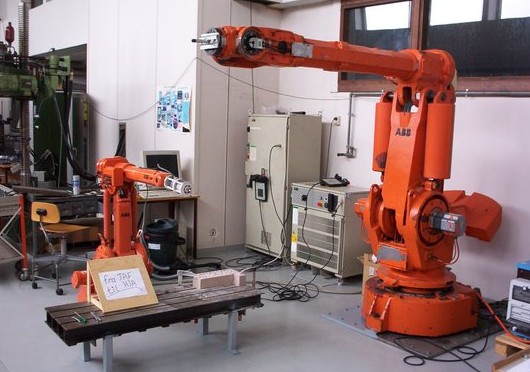
Pursue cost performance
However, some industry executives are worried that China's automation transformation will take too long and challenge too many. This includes expensive high-end robots, technological restrictions, and the lack of flexibility when introducing robots into factories.
TIm Li, senior vice president of Quanta Computer, a Taiwanese foundry company, said: "If your order declines, you can lay off employees. However, you cannot lay off robots."
Delta, which has been making power adapters for Apple for a long time, proposed a more ambitious plan last year: to make cheap robots for electronic equipment factories in China to replace the existing labor force.
Yancey Hai, Chairman of Delta said in an interview: "Obviously, automation is the future development trend in China, but the biggest problem now is how to reduce the cost of robots. We believe we can do it because we can produce independently Two-thirds of the parts it needs. "
Delta is developing a robot with one operating arm and four joints. This robot can carry goods, assemble parts, and complete some simple tasks. By 2016, Delta hopes to launch a robot priced at $ 10,000, which is less than half the price of mainstream robots on the market today.
This price is lower than the cost of hiring a worker, and can work without interruption.
Delta believes that the cost of robots can be reduced to this level through the cost advantages of Taiwanese companies, self-supplied parts, and shortening the robot's expected service life.
Difficult to return to the United States
Outside of Taiwan, there are more robots with more futuristic elements, which can be easily reprogrammed and can cooperate with workers. ABB's humanoid concept robot Frida is one of the best. It has two arms and seven joints. It can perform delicate tasks and will automatically stop after touching a person.
However, the price of these robots is higher than the labor cost of the factory. However, as wages in China are increasing by double digits each year, this price gap is shrinking.
The development of robots has also led people to hope that some electronic factories can bring part of the manufacturing industry back to the United States. However, industry observers say that now that China's parts supply chain has taken shape, even if automation is easier, the electronics assembly industry will remain in China. You know, long ago, the robot has achieved high-precision work such as mounting components on the circuit board.
However, the labor cost of these jobs is relatively cheap in China. In addition, people are much faster than robots at converting tasks, and robots need to be reprogrammed.
Have difficulty in achieving
In addition to the above reasons, the rapid change of program settings is also one of the obstacles hindering the development of automation.
Gu Chunyuan, senior vice president of ABB China, said that because the sales cycle of electronic equipment is short, the production period of products is usually 9 to 18 months. After that, the production settings will need to be changed. Gu Chunyuan said: "The change is too fast, this is the key challenge."
Even Foxconn, which has the strongest support for automation, has to rely on urban-scale factories, which employ approximately 1 million employees to assemble electronic devices for other manufacturers such as Apple. Foxconn originally planned to install 1 million robots by 2014, but company executives admitted that it would take much longer than planned to achieve this goal.
Automation will help Foxconn reduce public criticism of its work environment. In fact, another Apple foundry company Pegatron Technology has been prosecuted by New York-based non-profit organization China Labor Watch for violating labor rights.
Pegatron CFO Lin Lin (Charles Lin) said that the company has committed to replacing the most dangerous and hard work performed by workers with automated equipment.
Pegatron has invested about US $ 100 million last year to automate the transformation of the production line of electronic equipment housings because this production process involves a large amount of irritating chemicals.
Demand generates business opportunities
Elton Yang, CFO of Quanta Computer, the world's largest PC foundry, said that due to rising labor costs, the company will carry out large-scale automation transformation in the next two to three years.
This means business opportunities for robot manufacturers such as Kuka.
Kuka CEO TIll Reuter said: "20% of our business is in China, and this proportion is still rising." Rute said, Kuka is investing in China to build a new factory, is expected to be able to reduce production The number of 1500 to 2000 is increased to 5000 per year.
Universal RoboTIcs and ABB also said they will increase their investment in China. According to data from the International Federation of Robotics, China's industrial robot shipments will grow from 26,000 units in 2012 to 35,000 units in 2015. Analysts and robot manufacturers pointed out that the automation innovation of electronic product suppliers will be the decisive driving force.
This style is Bagless Vacuum Cleaner. This kind of Vacuum Cleaner has speed control in it.,so you will use it very diverse. It also has big dust cup capccity,then you can use it for a long time. Its cyclone system is multi-cyclone. Its dust cup is transparent dust container. It also has HEPA filter and multi-level filter. So it will avoid to cause secondary pollution. This design has high suction power,too. So you can use very effortlessly.
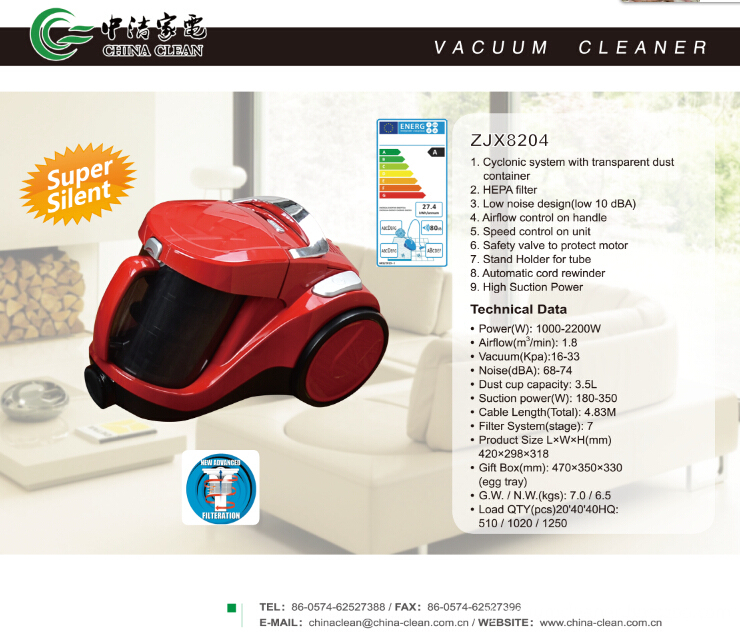
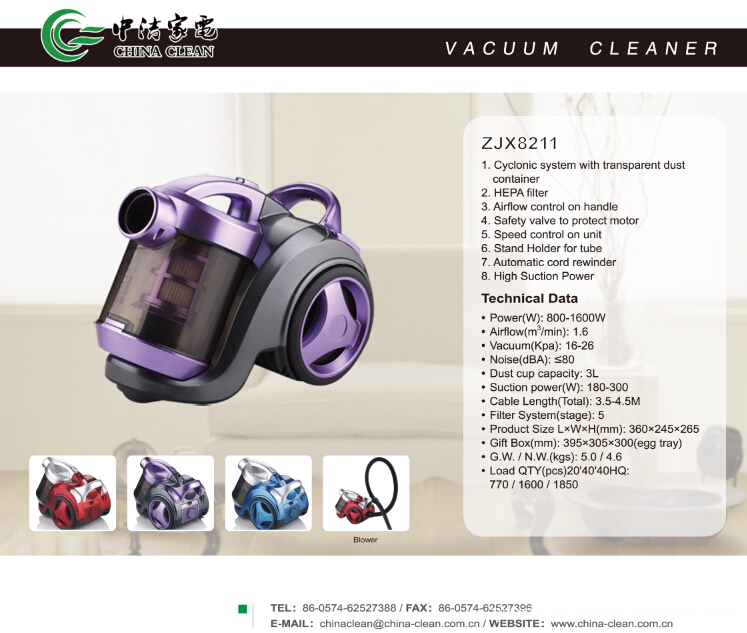
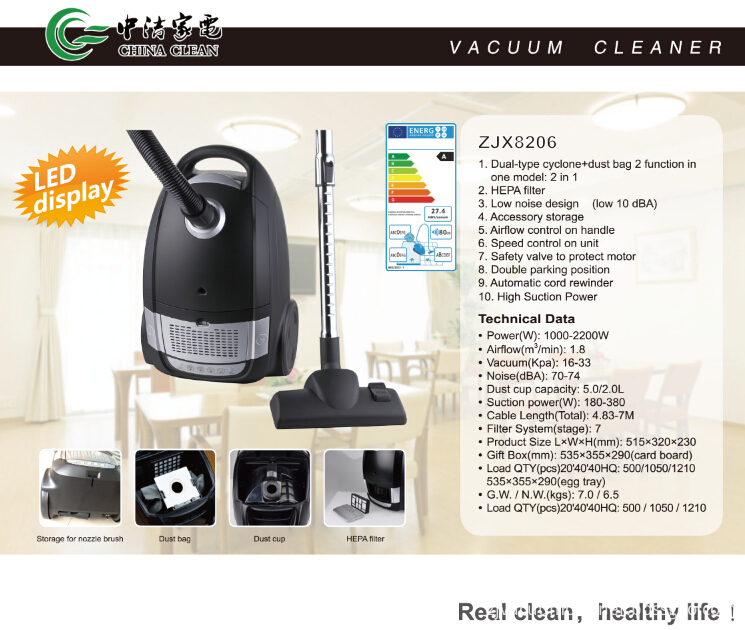
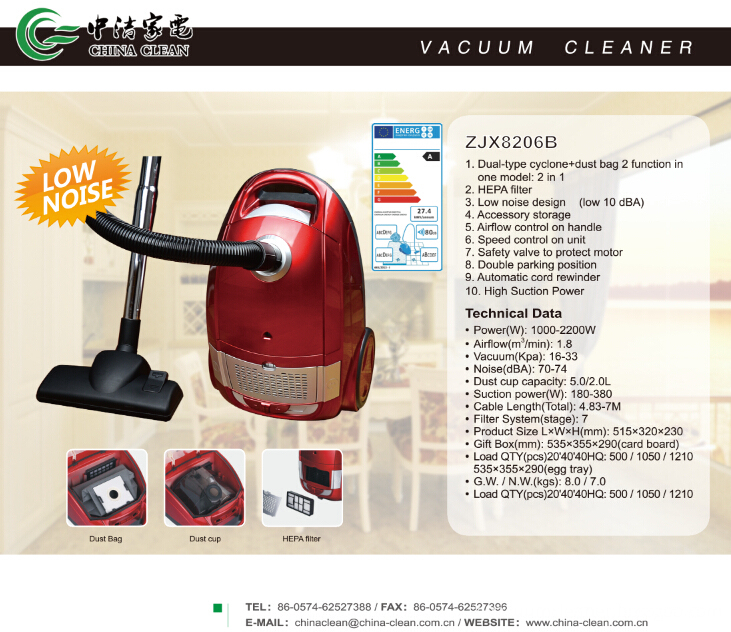
Bagless Vacuum Cleaner
Dust Cup Vacuum Cleaner, Bagless Vacuum Cleaner, Bagless Upright Vacuum Cleaner
Ningbo ChinaClean Household Appliances Manufacture Co., Ltd. , https://www.chinaclean-elec.com